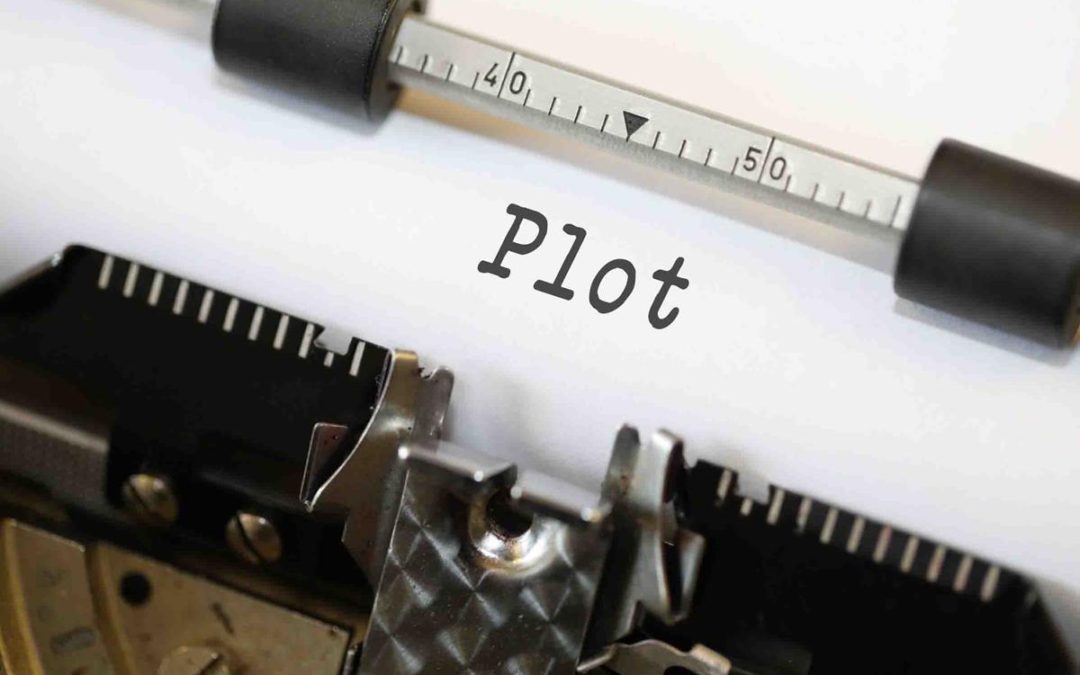I spend a lot of time looking at loglines and giving feedback on them.
In the monthly group coaching sessions for my online course The Idea that’s pretty much all we do. And my first consultations with clients are often about their logline(s) and basic pitch of their idea(s), which is so important to get right before moving too deep into writing.
Loglines are important not just because the industry requires them. They are perhaps the best way to communicate your concept and lead to a discussion about whether it has the necessary elements to be a really strong story.
Having done this hundreds of times, I would say there’s one very common mistake I see with screenplay loglines. It has to do with what parts of the movie’s 3-act structure they focus on…
It’s natural and understandable to spend a lot of a logline setting up the situation and characters and talking about how the story launches.
And it’s important to do this, especially if there is anything fantastical in the world of your story that readers need to first understand. (I get into this in the “Believable” chapter of my book.) That’s crucial to indicate up front, and hopefully get them understanding and buying into it before they then read what the story’s main external plot is about.
But what I often see is that by the time the logline is finished communicating the catalyst or inciting incident of the story, the writer feels they’re out of space and summarizes what has to be done to solve the main story problem in a few vague words at the end.
But here’s the thing: what they have to do to solve it and what’s in the way really IS your story. That’s the main event. It’s the entire second and third act. And when a professional is looking at your concept, that’s what they really want to understand: that last 3/4 of your script. What’s happening in it? How does the story generally build, complicate and evolve as the main character actively tries to resolve their problem/goal? Can that be strongly suggested by the nature of who/what they’re up against and the specific external achievement the audience will hopefully be rooting for?
Writers often focus too briefly on what the main character will need to achieve and its difficulty, and sometimes only on their internal need or character arc, as opposed to the external high-stakes problem that fits an entertainment genre — which hopefully your project has.
To me, the best loglines are all about the nature of the external challenge and what the main character is up against, and what they’re doing to try to solve their problem(s) and reach their goal. Which presumably fits a particular tried-and-true type of story, both in the traditional sense of genre, and the very helpful ten story types offered in Save the Cat.
Don’t tease!
It might seem like a good idea to just tease what will happen in the story after the first act, perhaps because that’s how studio marketing departments sometimes hint at a movie plot to an audience. As I’ve written about before, these are two very different things with different purposes. You’re not teasing a potential audience with your logline. You’re clearly explaining the heart of your story to a busy entertainment industry professional who has seen hundreds of concepts and will only want to read the script if it seems viable within a particular genre, while also sounding original and compelling. (Which of course is not easy to do, and a big reason why succeeding in this field is difficult, and high-paying!)
The other issue with loglines is that they aren’t some sort of haiku that one only has to learn how to operate within, using the exact right words with the exact right length. Sure it’s great if they’re as short as possible, but what’s more important is that the reader completely gets the concept (not just the first act). So for my money it’s better to go a little long (even two or three sentences) rather than being short but unclear. Especially if you’re using it to get feedback on your idea before you start writing (which of course I recommend!). 🙂
And while it might seem like the challenge is mainly about condensing your story idea into this compressed form, even at that length, the real challenge is coming up with a story that fires on all cylinders that the logline just has to briefly explain. Problems with a logline usually indicate problems with the story concept that the writer isn’t seeing, which is part of why they’re so useful! Professionals can often tell at a glance by looking at the logline what the script will be like, and it’s often easy to pass based on that.
So knowing what makes a good logline is akin, in many ways, to knowing what makes a viable story concept for a mainstream compelling movie. Having said that, there is certainly more to know about nailing the logline than what I’ve given here — and you might want to go deeper by checking out my free online “mini-course” on loglines (with ten examples of good and bad versions of loglines for famous movies). Check that out here…
And good luck!



Very helpful to brush up on loglines, I really needed to be reminded not to tease with the logline. Just get to the heart of it with the logline. I also used a mad libs format similar to this one: https://writerduet.com/blog/how-pro-screenwriters-outline-a-script/
The mad libs logline is a great way to kick off the process for me so I’m not stuck on a blank page.
Very cool, thanks Dan!!
Excellent advice!